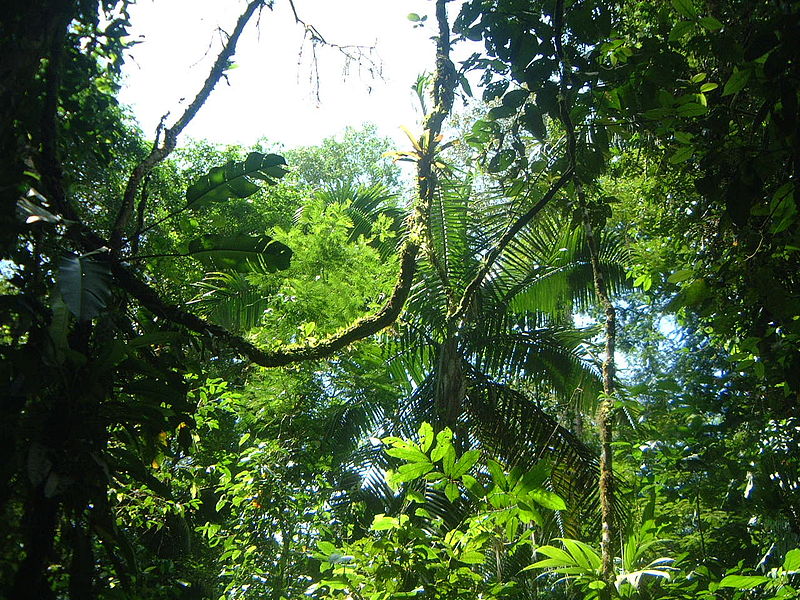Costa Rica’s Northern Lowlands, heading north out of San Jose and leaving the Central Highlands behind, one enters an area that most consider the most spectacular region of Costa Rica. Bordered to the south by the volcanic mountain range of the Cordillera Central and descending into the lowlands northward to the Nicaragua border , the area offers a wide variety of land and vegetation diversity to be found anywhere in Costa Rica, thus making the Northern Lowlands, one of Costa Rica’s most popular travel destinations.
The Northern Lowlands is comprised of two main mountain ranges to the south, the Cordillera Central to the south and the Tilaran Mountain range to the to the Southwest, to the northwest separating the Northern Lowlands from the Guanacaste region lies the Cordillera de Guanacaste with all three mountain ranges providing the region with volcanoes and cloud forests. The base of the three mountain ranges gives way to two main plains extending northward to Nicaragua, to the west lies the Llanuras de los Guastusos plain and to the east the Llanura de San Carlos plain, taking in the Costa Rican provinces of Alajuela and Heredia.
 Today, the Northern Lowlands are a popular tourist and adventure traveler destination, yet the area was mainly inaccessible until the late 50’s when Highway 126 was constructed connecting San Jose to the northern city of Puerto Viejo de Sarapiqui .
Today, the Northern Lowlands are a popular tourist and adventure traveler destination, yet the area was mainly inaccessible until the late 50’s when Highway 126 was constructed connecting San Jose to the northern city of Puerto Viejo de Sarapiqui .
 Two of the main draws to the area for travelers as well as nature lovers are the Arenal Volcano, one of the world’s 10 most active volcanoes, and the Monteverde Cloud Forest, a humid, cloudy and misty region that has become a favorite of nature lovers drawn to its high biodiversity.
Two of the main draws to the area for travelers as well as nature lovers are the Arenal Volcano, one of the world’s 10 most active volcanoes, and the Monteverde Cloud Forest, a humid, cloudy and misty region that has become a favorite of nature lovers drawn to its high biodiversity.
Cloud forests and volcanoes are not the only draws to the region; the Northern Lowlands is also home to Lake Arenal, a large reservoir built to provide the countries electric needs has become a destination in itself for windsurfing enthusiasts as well as for the scenery surrounding the lake and its spectacular backdrop of Arenal Volcano on the lakes eastern shore. Some of Costa Rica’s premier rafting is found in the region on the Sarapiqui River. Waterfalls, hot springs, nature trails and horseback riding through out many of the areas nature parks provide a variety of opportunities for all travelers. Cano Negro Nature Reserve is a must see when visiting the region
Costa Rica sees a mixture of varying climates, from the cloud forest the climate is more humid and misty year round with temperatures in the high 60’s to low 70’s, descending into the plains the climate is more hot and humid, with a more pronounced dry season to the west towards the Pacific and less as you head east towards the Caribbean. The regions rainy season ranges from December to March and the dry season starts in April extending into November. If travelling to the area for the sole purpose of seeing Arenal Volcano, the best time of the year for unobstructed views is towards the end of the dry season during the months of September and October.






